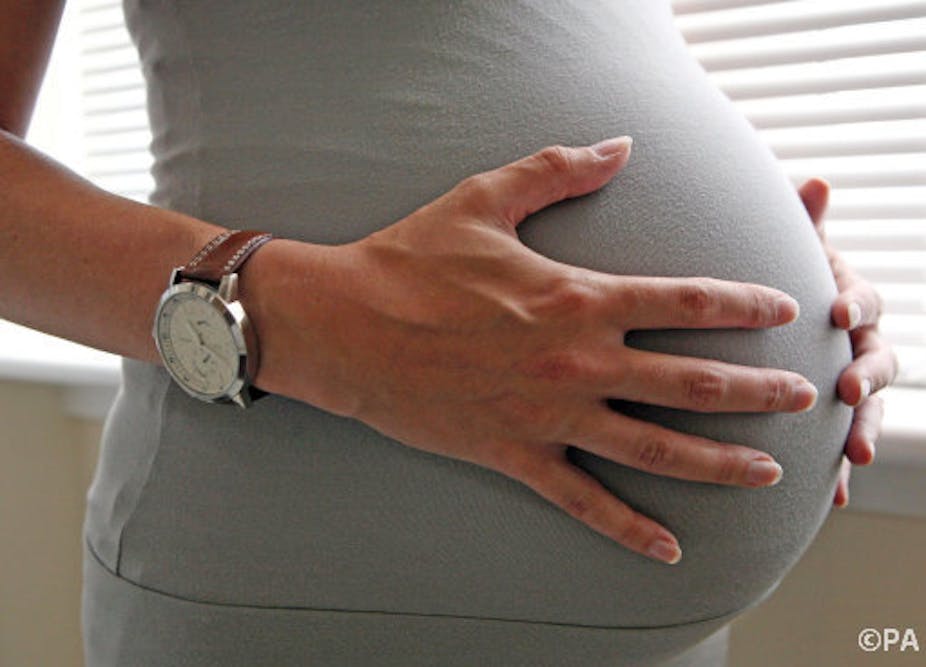With the royal baby due soon, there is much speculation on whether the family will be welcoming a Prince or a Princess of Cambridge. But perhaps science can tell us the answer, as new research from Stanford University reveals that female mammals control the sex of their offspring.
This phenomenon is known as sex ratio adjustment. The idea is that the sex of offspring is not down to a 50:50 chance. Mothers select the sex of the offspring based on which will be best in the circumstances. Durham University’s Robert Barton explained: “This is an idea that has been around for a long time. In the past, it has been shown that females adjust the sex ratios of their offspring based on profitability.”
Whether a son or daughter will be “profitable” comes down to which will have the best shot at producing offspring. This can depend on the competition. “If there are more females than males in a population, it will be more profitable for a mother to produce male offspring, since a male will have greater reproductive success,” Barton said. The opposite goes if there are more males than females in the population: a daughter will be assured of a mate, while sons will have more trouble.
“Sex ratio adjustment is predicted to occur in virtually any species where it will prove advantageous,” Barton explained. “Parasitoid wasps are an interesting example. They lay their eggs in a host, and when the eggs hatch the offspring mate with each other. So, if a wasp is laying its eggs in a host which is already carrying another wasp’s eggs, it adjusts the sex ratio to maximise the number of partners for the offspring.”

There has been some evidence of it in humans, too. High-status humans such as US Presidents seem to produce more sons, and supposed spikes in male birth rates in post-war years have been labelled as an adaptive response to the lack of males in the population. But the science isn’t cut and dried; “there is controversy over whether it’s an adaptive trait or merely an aberration,” Barton warned.
There is also much debate about which cues determine the sex a mother “chooses”. The status or physical health of the mother, competition for breeding, and even the attractiveness of the male mate have all been suggested. But each of these hypotheses face the same problem, as Joseph Garner, leader of the new study published in PLOS ONE, explained.
“There are many examples of links between birth sex ratio and cues in the environment that ‘make sense’ in terms of a post hoc explanation. But it is very difficult to prove that sex biases actually benefit the grandmothers. This is because it is pretty much impossible to build a three-generation family tree for animals in the wild, so cue-based hypotheses can only be tested with circumstantial evidence.”
This is where his study comes in. “Rather than pick one hypothesis to hang our hat on, we focused on the one prediction common to all hypotheses: that if grandparents are biased, then those biased offspring should be more successful.”
Garner worked with breeding records from San Diego Zoo, going back 90 years and covering nearly 40,000 animals. “We built family trees for all the animals,” Garner said, “we then tested the central prediction that all the circumstantial examples are trying to get at – that if a grandparent biases their sex ratio (to either sons or daughters) then those children should be more successful than their peers.”
Their findings matched the hypothesis for 198 different species. “That is exactly what we saw. For instance, the sons of the grandmothers with the most extreme birth sex ratios produced 2.7 offspring for every 1 offspring produced by the sons of grandmothers who had a 50:50 birth sex ratio.”
The mechanism which causes this sex selection ability remains a mystery. “We currently have very little understanding about what the mechanism might be,” Barton said. Garner could only say that the mechanism can’t be hardwired, but instead must be flexible, and have a psychological input. He also said it’s down to the mother. “There are a few studies that indicate that males do not appear to be influencing the ratio of X and Y sperm; so this really seems to be a female mechanism.”
So what can this study tell us about ourselves? “Humans do seem to respond to these subconscious cues,” Garner said. “However, the whole point of this trait is to produce the gender that will pass on your genes the best, not the gender that you might want. So I suspect that the mechanism is so subconscious, and also so physiological, that wishing really hard for a boy or a girl probably isn’t going to work.”
When it comes to the royal baby, it looks like we’ll just have to wait and see.

